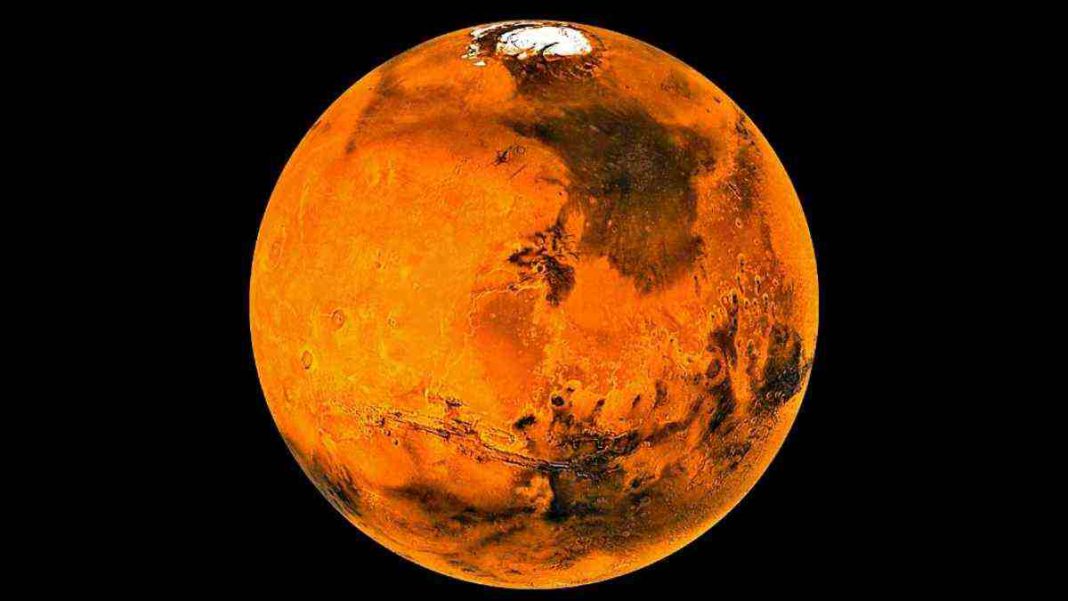UNITED STATES: NASA’s InSight Mars lander has unveiled groundbreaking data indicating that the Red Planet’s rotation speed is increasing, resulting in shorter Martian days.
The lander, which reached Mars in 2018 with the mission to study the planet’s interior, has provided unprecedented insights into Mars’ rotational dynamics, marking a significant milestone in planetary science.
The InSight lander’s mission was prematurely concluded due to energy depletion, but the data it collected during its operational phase has been meticulously analyzed by researchers at NASA’s Jet Propulsion Laboratory.
This analysis has yielded the most precise measurements of Mars’ rotation to date, reshaping our understanding of the planet’s fundamental characteristics.
Published in the prestigious scientific journal Nature, the findings underscore that the Martian day is diminishing by approximately a millisecond each year. This phenomenon stems from Mars’ axial spin, which is accelerating at a rate of roughly 4 milliarcseconds annually.
It’s interesting to note that experts are trying to determine the cause of this rotational shift, which resembles ice skaters’ motion.
The ice skater analogy postulates that Mars might be exhibiting a similar mechanism: just as skaters accelerate their spins by drawing their limbs closer to their bodies, an unidentified process could be propelling the Red Planet’s faster rotation.
However, the precise nature of this mechanism remains a tantalizing enigma, motivating scientists to delve deeper into the mystery.
Bruce Banerdt, the principal investigator of the InSight mission at NASA’s Jet Propulsion Laboratory in Southern California, expressed his enthusiasm for the groundbreaking findings. “It’s really cool to be able to get this latest measurement – and so precisely,” Banerdt stated.
He acknowledged the decades-long efforts to deploy a geophysical station on Mars, emphasizing that results like these validate the years of hard work.
The revelation emerged from the Rotation and Interior Structure Experiment (RISE), during which radio transponders and antennas on the lander gathered vital data.
This data, coupled with measurements of Mars’ wobble, provided crucial insights into the planet’s core characteristics. Although the RISE mission remains ongoing, scientists are eager to procure more data to unravel the mysteries behind Mars’ rotational alterations.
The implications of Mars’ accelerated spin are far-reaching and could potentially influence various planetary processes, including its atmospheric circulation and geophysical activity.
The altered Martian day length may also impact its climate and surface conditions, raising new questions about the planet’s long-term evolution.
Also Read: Earth, Moon, and Mars Simultaneously Detect CME, Shedding Light on Space Radiation Hazards



